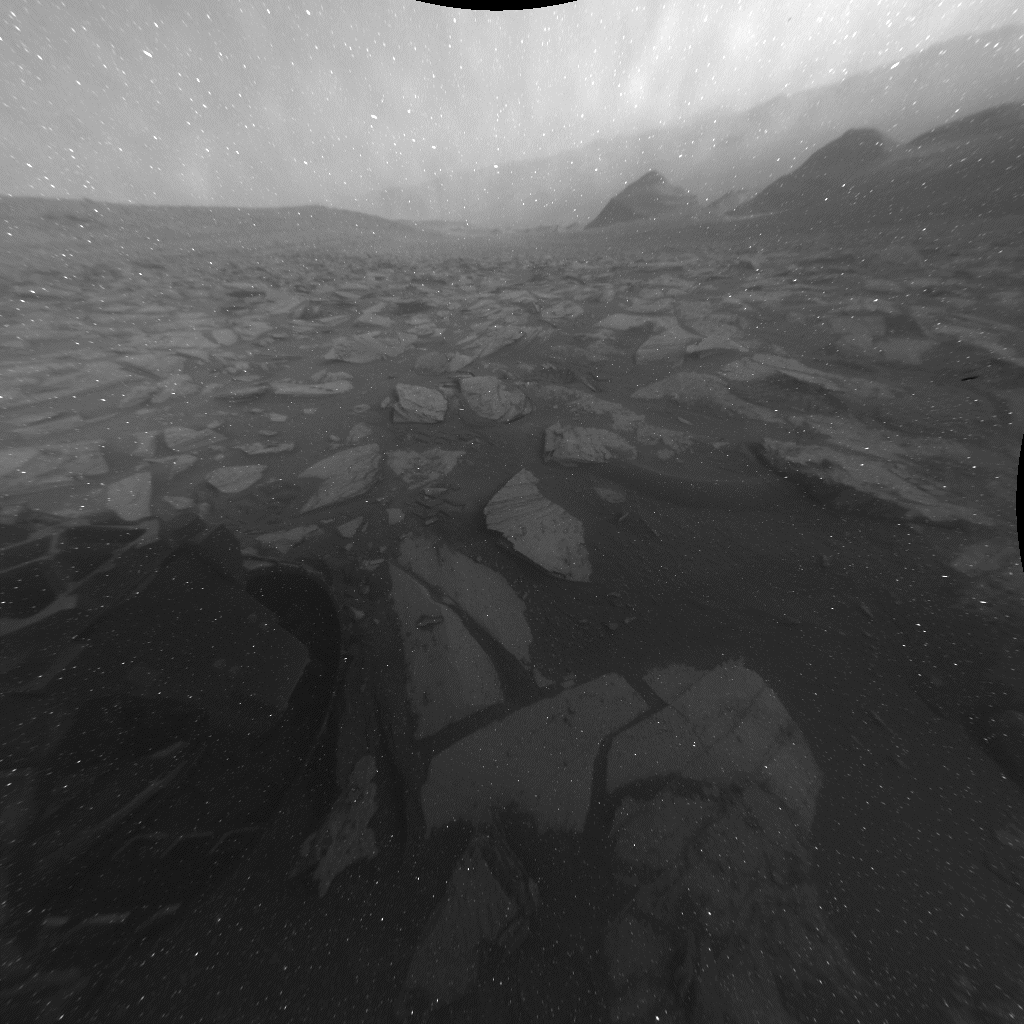NASA has published an animation made by the Curiosity rover. It demonstrates the movement of the shadow from the rover on the surface of the Red Planet during the local day.
In early November, Mars and Earth were positioned in such a way that the Sun was exactly between them, complicating radio communications between the two planets. During this period, NASA significantly reduced the activity of its Mars missions, including the Curiosity rover. Instructions were sent to it to use the Hazcam navigation cameras for continuous 12-hour photo shooting of the surrounding area. Mission specialists hoped to capture the movement of clouds or the appearance of dust tornadoes.

Unfortunately, Curiosity failed to capture any atmospheric phenomena. Nevertheless, by combining the footage taken by its cameras, the scientists created a time-lapse covering one Martian day — from 5:30 a.m. to 5:30 p.m. local time.
The first time-lapse shows the southeastern part of the Gediz Vallis Valley, located at the foot of Mount Sharp. As the sky brightens during sunrise, we may notice the appearance of a shadow from the two-meter robotic arm of the rover. A calibration target is also visible on the left side of the frame. In the middle of the day, the camera’s algorithm sets exposure times of around one-third of a second. By nightfall, the exposure time increases to more than a minute, which leads to the appearance of “hot pixels” — sensor noise, which manifests itself as white dots.

The second time-lapse shows a view of the northwestern slope of Mount Sharp. We can see the right rear wheel of the rover, as well as the shadow of Curiosity’s power system. A small black artifact appearing on the left in the middle of the video on the 17th frame resulted from a cosmic ray hitting the camera matrix. The bright flares and other noises at the end of the video are the result of heat exposure from the spacecraft’s power system to the Hazcam image sensor.
According to https://www.nasa.gov
Follow us on Twitter to get the most interesting space news in time
https://twitter.com/ust_magazine


